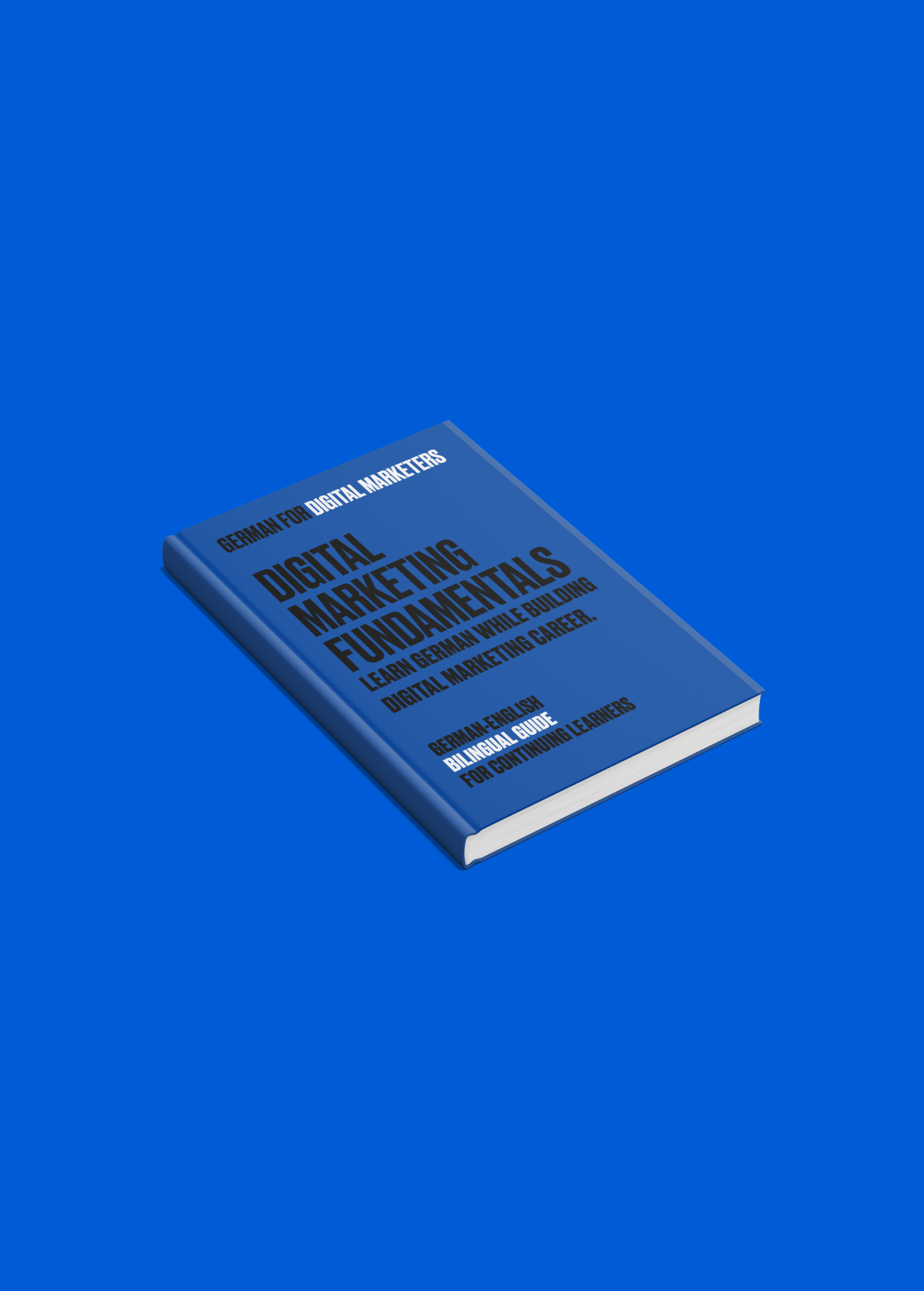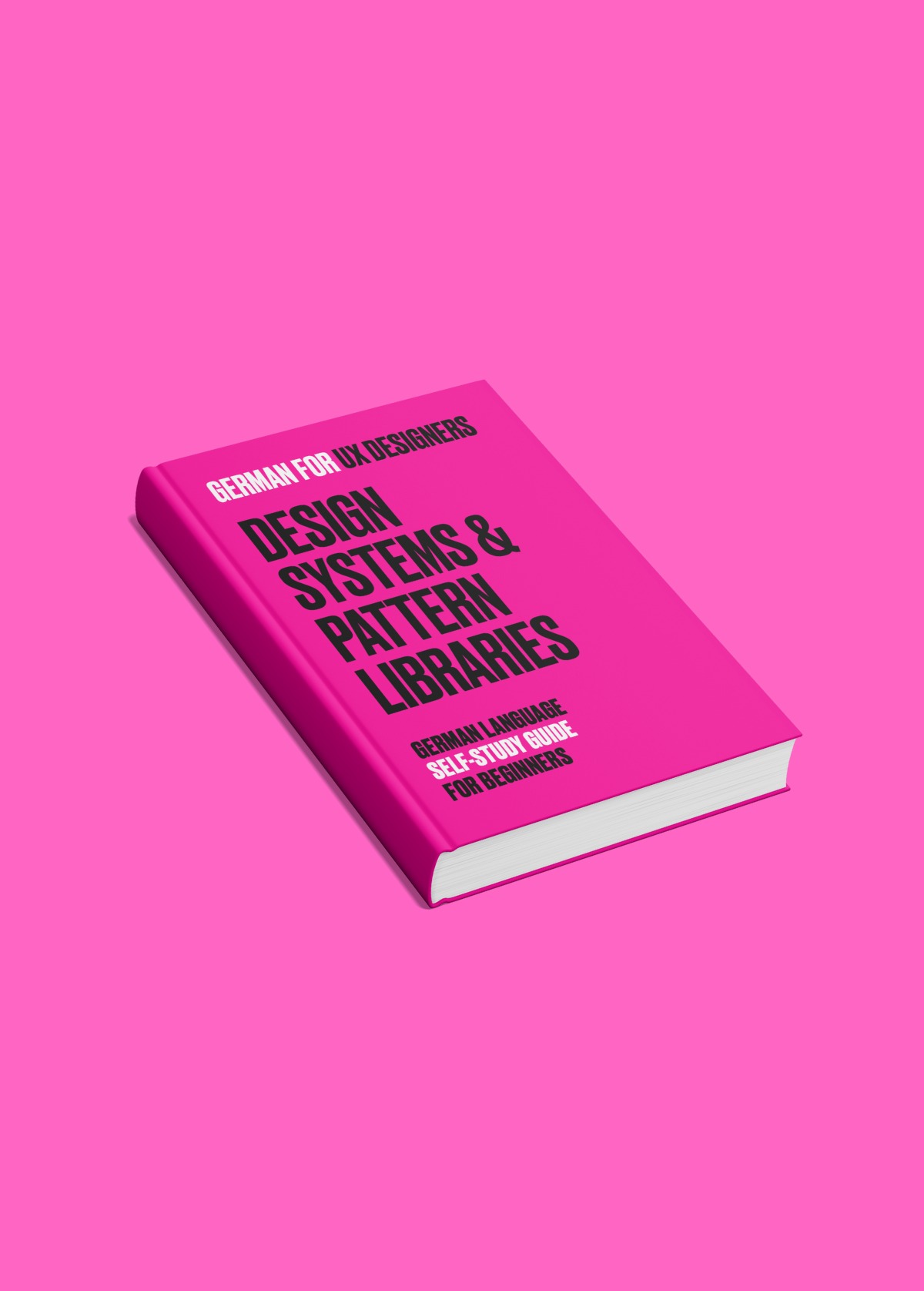
(How to build a successful content marketing strategy)
Warum ist eine Content-Marketing-Strategie wichtig?
(Why is a content marketing strategy important?)
Eine durchdachte Content-Marketing-Strategie hilft, die richtige Zielgruppe anzusprechen, Vertrauen aufzubauen und langfristige Kundenbeziehungen zu stärken.
(A well-thought-out content marketing strategy helps reach the right audience, build trust, and strengthen long-term customer relationships.)
- die Content-Marketing-Strategie (pl. die Content-Marketing-Strategien) – content marketing strategy (feminine noun; Strategie comes from Greek “strategia,” meaning “art of a general”; content is borrowed from English, denoting text, images, or videos designed for marketing purposes)
- die Zielgruppe (pl. die Zielgruppen) – target audience (feminine noun; Ziel means “goal” or “target,” and Gruppe means “group”)
- das Vertrauen – trust (neuter noun; derived from the verb vertrauen, meaning “to trust”)
Schritte zur Entwicklung einer Content-Marketing-Strategie
(Steps to develop a content marketing strategy)
- Klare Ziele und Zielgruppen definieren
(1. Define clear goals and target audiences)
Legen Sie fest, welche Ziele Sie mit Ihrer Strategie erreichen möchten, und identifizieren Sie, welche Zielgruppen angesprochen werden sollen.
(Determine what goals you want to achieve with your strategy and identify which target audiences you want to reach.)
- das Ziel (pl. die Ziele) – goal, objective (neuter noun; from Middle High German zil, meaning “goal” or “mark”)
- identifizieren – to identify (verb; borrowed from Latin identificare, meaning “to make identical”)
2. Inhalte planen und erstellen
(2. Plan and create content)
Entwickeln Sie einen Redaktionsplan und erstellen Sie hochwertige, relevante Inhalte wie Blogposts, Videos und Infografiken.
(Develop an editorial calendar and create high-quality, relevant content such as blog posts, videos, and infographics.)
- der Redaktionsplan (pl. die Redaktionspläne) – editorial calendar (masculine noun; Redaktion means “editorial office,” and Plan means “plan” or “schedule”)
- hochwertig – high-quality (adjective; hoch means “high,” and Wert means “value”)
- die Infografik (pl. die Infografiken) – infographic (feminine noun; a compound of Information and Grafik, meaning “graphic”)
3. Ergebnisse messen und optimieren
(3. Measure and optimize results)
Überwachen Sie Ihre KPIs, analysieren Sie die Performance und passen Sie Ihre Strategie entsprechend an.
(Monitor your KPIs, analyze performance, and adjust your strategy accordingly.)
- der KPI (pl. die KPIs) – key performance indicator (masculine noun; borrowed from English, referring to measurable metrics used to evaluate success)
- überwachen – to monitor (verb; über means “over,” and wachen means “to watch” or “to guard”)
- die Performance (pl. die Performances) – performance (feminine noun; borrowed from English, meaning “how well something performs”)
Grammatikregel:
(Grammar rule:)
Verwendung von Modalverben zur Beschreibung von Empfehlungen
(Use of modal verbs to describe recommendations)
Wie werden Modalverben verwendet?
(How are modal verbs used?)
Modalverben wie „sollten“, „könnten“ und „dürfen“ stehen im Hauptsatz an zweiter Stelle. Sie modifizieren die Bedeutung des Hauptverbs, das im Infinitiv am Ende des Satzes steht.
(Modal verbs like “should,” “could,” and “may” appear in the second position of the main clause. They modify the meaning of the main verb, which appears at the end of the sentence in its infinitive form.)
Beispiele:
(Examples:)
Content-Marketing-Strategien sollten regelmäßig überprüft werden.
(Content marketing strategies should be reviewed regularly.)
Sie könnten verschiedene Content-Formate testen, um herauszufinden, was am besten funktioniert.
(You could test various content formats to find out what works best.)
Merke:
(Note:)
- Modalverben ermöglichen es, Handlungsmöglichkeiten und Empfehlungen präzise auszudrücken.
(Modal verbs make it possible to express possibilities and recommendations clearly.) - Sie tragen dazu bei, Sätze flexibler und nuancierter zu formulieren.
(They help create more flexible and nuanced sentences.)










